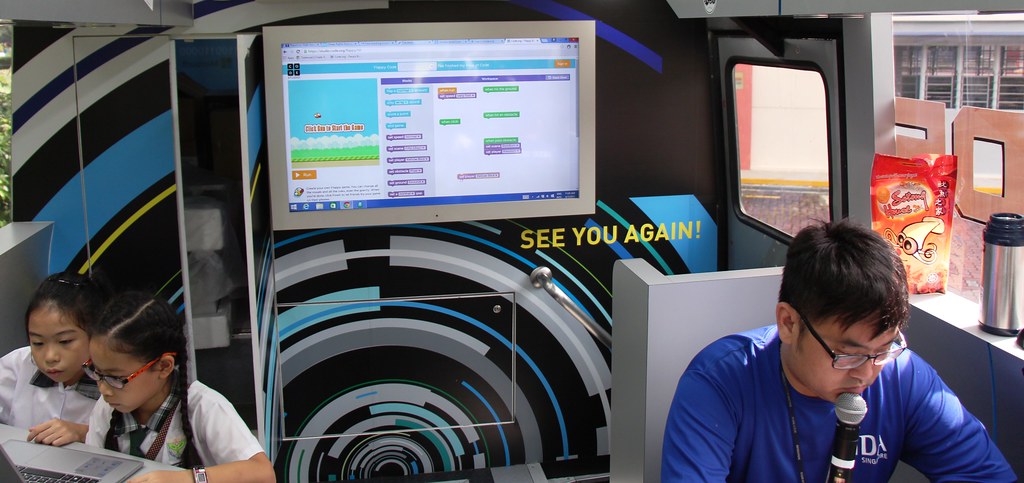I would argue that teaching coding should become a necessary part of elementary school education. Knowing how to code helps you understand the online world better and how it functions behind the scenes. It teaches problem solving and computational thinking. It brings math alive. Plus there are a lot of really great online resources that introduce it to students without the teacher having to have a degree in computer science to figure it out.
Here is a list of different coding resources that I acquired during class:
- Anna & Elsa -or- Star Catcher
- Equity vs Equality
- Multimedia & Interactive Storytelling
- Ballistic Arcs with Artillery
- Regiomontanus’ angle maximization problem
- Scratch coding
- Lego Mindstorms
- Sphero
I am particularly fond of Coding with Elsa and Anna and a few other coding games available on the hour of code website.
Hour of Code is a website where students learn to code through making their own computer games. I found the system to be incredibly intuitive. First I chose to make a Flappy game.

The screen pops up like so and all that’s left to do is press start.
Once you press start a coding screen like the one below will show up.

The coding process is designed to feel like a game in and of it self, with different sounds attached to different actions and a points system for completing each step in the computer game creation process. Below is a video that demonstrates how a student would drag and drop the coding elements and then use the top left box to test out their coding design in step two of the game creation process. You can’t move on to the next step until you have coded it properly so that when the bird hits the bullseye on the ground with a sound the game ends.
Coding with Elsa and Ana has an almost identical set up but I would argue is the level up in coding.

Elsa and Anna take turns in this game teaching students how to use geometry to control the character’s movements. It was a challenge even for me so I would definitely start with something like the flappy game first to allow students the opportunity to get used to the idea of coding using the little puzzle blocks first.
TinkerCad is also another great program for teaching math and geometry.
After designing something on Tinker Cad you can use an online academic community for 3d printing. That ways students will be able to take home a physical copy of what they created online. It gives students that sense of professionalism to use something that adult scientists, engineers, and architects use to do their jobs.
The other option would be to look into lobbying for having a 3d printer at a school. Or I could possibly buy one for our class off of amazon (200-300). That way it would make an activity like making game pieces for a board, much more streamlined. .
Science world has some great resources that I could use to bring coding into the classroom. One of our cohort suggested using their robotic kits with the Ozobots in them.
Although online computer coding might not be as accessible for kindergarteners or grade one students we can prepare them through pretend coding activities in the classroom. There is one cool activity where students write instructions for their partners and they have to do exactly what the instructions say. the class can do it with the teacher too. This could be done in tandem with an inquiry into robots and SciFi.
“IDA Bus – Kodu Game Coding” by Teck Ghee Primary School is licensed under CC BY-NC-SA 2.0





